There’s smoke on the hills to the north and at night the sky glows lava-red. Burnt leaves litter the heathland at Howe Flat in the eastern-most tip of Victoria, blown on the wind as the fire edges ever-closer. For a small, ground-dwelling bird called the Eastern Bristlebird, this spells trouble.
Eastern Bristlebirds occur in just three small and isolated populations up the eastern seaboard of Australia. There are only around 2500 individuals of this Endangered species. Victoria’s entire Eastern Bristlebird population, of 160–180 individuals, lives in Howe Flat, just across the inlet from the coastal town of Mallacoota, and in another small heathland (affectionately known as ‘North Heath’) a couple of kilometres away. The fires bearing down on these places pose an imminent threat to the survival of these near-flightless birds.
Even though the odds of survival are stacked against the bristlebirds of Howe Flat, they aren’t facing these fires alone. In an unprecedented and ambitious conservation intervention, a plan was developed to rescue 15–20 individuals from impending doom. Not a small undertaking by any stretch of the imagination, Project Bristlebird involved input from the Department of Environment, Land, Water and Planning, Zoos Victoria, Parks Victoria, Monash University, the University of Wollongong, Currumbin Wildlife Sanctuary, the Orbost Incident Management Team, Victorian Fisheries, and the Australian Defence Force (in partnership with the Republic of Singapore Air Force who are lending support in the wake of Australia’s devastating fire season). Within the space of a fortnight, the plan went from idea to execution.
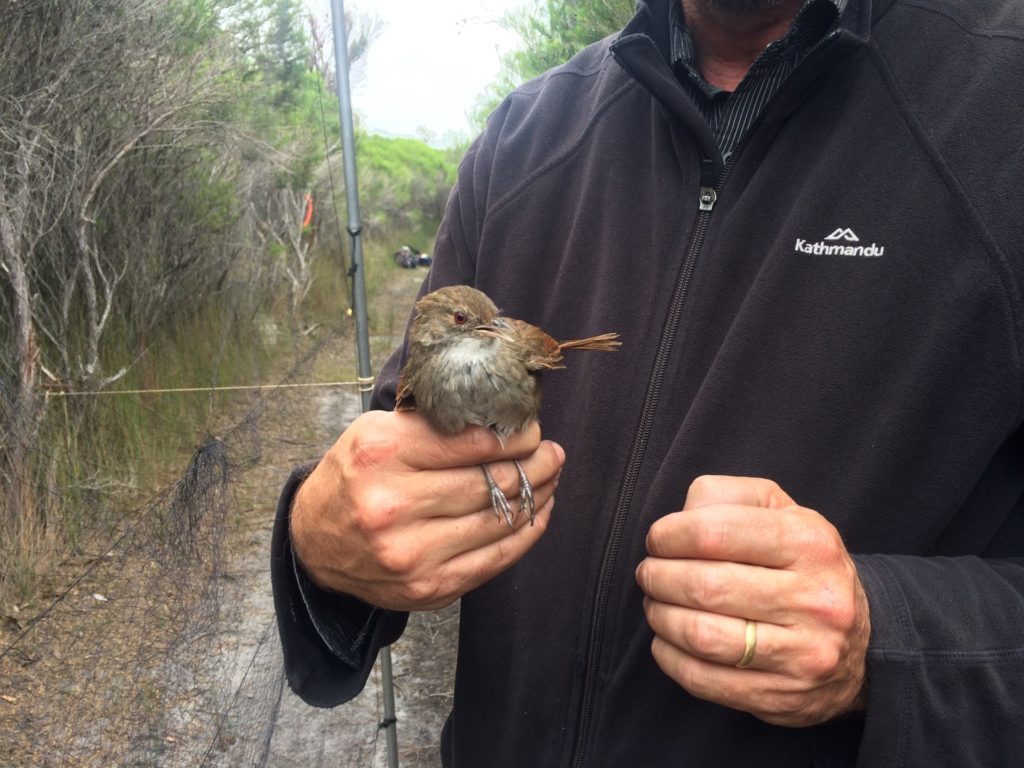
I was on top of Falls Creek looking down into smoke-filled valleys when I got the call asking if I was available to be flown into the East Gippsland fire-ground in a few days’ time to help out on Project Bristlebird. I agreed within moments, my mind racing ahead to how we would be able to catch a species that is difficult enough to glimpse, let alone lure into an open net.
Four-and-a-half days later, I was at Essendon airport as a Chinook helicopter touched down. Destination: Marshmead. The flight took us low over the coast of East Gippsland where we saw first-hand the extent of the fire disaster. As we travelled further and further east, the unburnt patches dwindled and once we had passed The Skerries, the forest looked completely scorched.
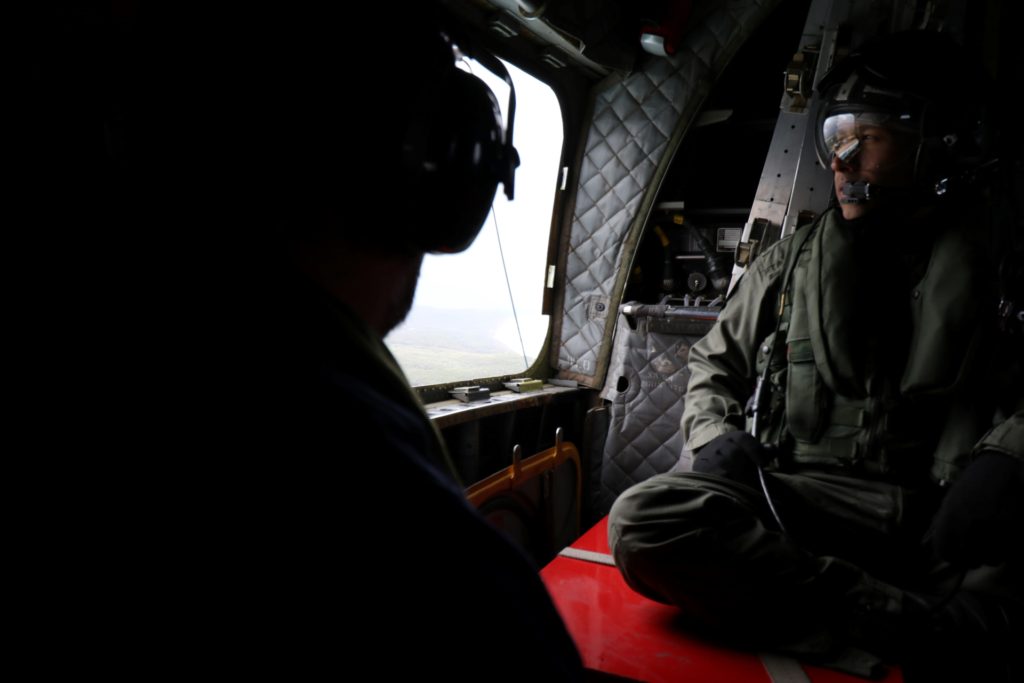
On descent into Marshmead, we could see just how close the fire front was to the last remaining Eastern Bristlebird habitat in Victoria. Things really were urgent. Our 11-person team wasted no time in getting out into the field to scope out catch sites. At first light the next morning we were back out in the heath with nets set and Bluetooth speakers playing Eastern Bristlebird calls to coax birds into running or flying into the nets. Within fifteen minutes we’d had our first success.
Excited messages were radioed between the three catch teams and it wasn’t long before the next bird was netted. We were off to a flier! But as the day warmed up, the catch rate slowed. As well as the decline in bristlebird activity, we also endured many frustrating near-misses, the birds seeming to possess a knack for hitting the nets and bouncing right back out again. By 11 o’clock on our first morning of catching the excitement was all over and nine Eastern Bristlebirds had been caught.
Catching the birds was only part of the equation, though. Howe Flat is one of the remotest parts of Victoria and without proper care, the birds were at risk of dying from stress. They needed to be moved back to Melbourne Zoo as quickly as possible, and so began one of the most remarkable parts of the entire project.
At 11 o’clock each morning the captured birds were walked to four-wheel drives, then driven through the bush to a nearby jetty. At the jetty a Victorian Fisheries vessel was waiting to whisk them across the Mallacoota Inlet so they could be transferred to a plane waiting at the Mallacoota Aerodrome. From there they were flown to Essendon Airport and driven to Melbourne Zoo. From net to new home, the entire process – a journey of more than 430 km – was completed in less than seven hours for some birds. Pretty amazing for a bird that usually has only feeble flight.
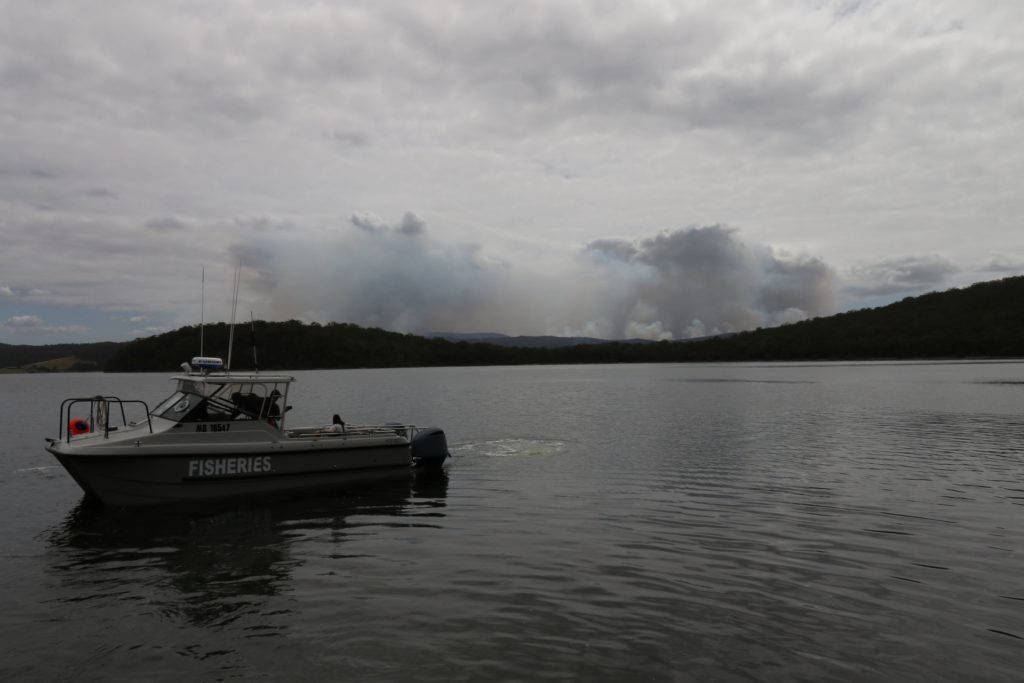
While breaking for lunch, we watched on as fire crews battled to slow the spread of the fire with water-bombing aircraft. Columns of smoke towered into the sky. Things were beginning to escalate. We spent the afternoon searching for more bristlebird territories and suitable sites to string up our nets under a sky darkening with smoke. There was a feeling of foreboding amongst our team as we wondered how much longer the fire could be held back.
The next morning saw us back out on the heath at first light, even more determined to get the job done. We watched with joy as our nets bulged when bristlebirds dashed into them – but also snagging in our nets were burnt leaves falling from the sky, bringing home the imminent danger that faced this population. When the 11 o’clock deadline rolled around we had caught another six Eastern Bristlebirds. Yet, it was hard to be too enthusiastic about our success because updated fire predictions were coming through. By the next morning, the fire was predicted to have reached our field accommodation.
We began making new plans in the hope of reaching our upper target of 20 birds. We decided to catch in the afternoon and keep the birds in the field with us overnight – something we had been reluctant to try because of the stress it would impose on the birds. But things were getting desperate. Then a call came through to say that it was now too dangerous for us to remain in the field. Mission completion was so close, yet out of reach.
Three hours later we were on a Victorian Fisheries boat motoring across Mallacoota Inlet, following in the footsteps of the morning’s catch of bristlebirds, which by then were safely in enclosures at Melbourne Zoo.
It was hard to walk away from Howe Flat knowing what is likely to unfold there in the coming days. The fire crews had done such a great job of keeping us safe during our short stint on the fire-ground, and having us there any longer would have complicated their work to stop the spread of the fire. It was the right decision, but a hard one to swallow.
As we motored across the Mallacoota Inlet, I kept thinking back to the haunting words repeated by long-serving park ranger Jesse Nation as we drove out of Howe Flat earlier that day.
‘I wonder if this will be the last time,’ he kept saying as he looked out on heathland and forest that meant so much to him – places which will almost certainly be changed forever in the next few days. I thought back to the single call of an Eastern Ground Parrot that we had heard the previous evening. Ground Parrots have similar habitat requirements to Eastern Bristlebirds, and they too are likely to be decimated if fire predictions play out at Howe Flat.
And I kept thinking back to the bristlebirds that bounced out of our nets. How costly would their ability to evade capture prove? But above all, I kept thinking back to the 15 bristlebirds settling in to their new surroundings at the zoo and the sense of hope that gave me.
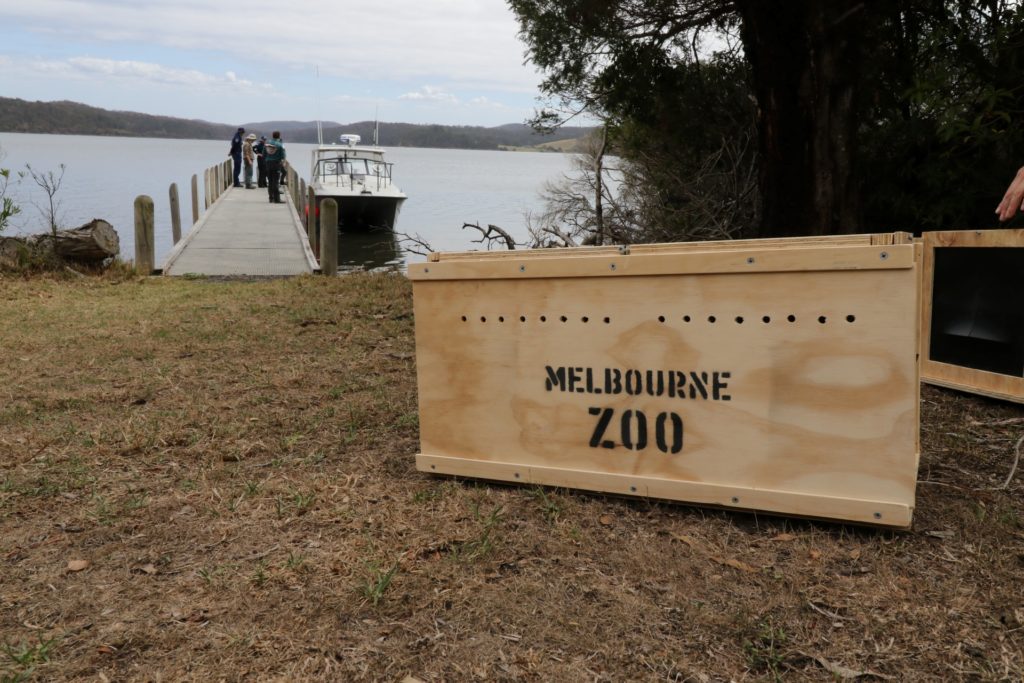
Only time will tell how long those 15 bristlebirds remain at the zoo. The ideal scenario is that Howe Flat doesn’t burn and the birds can be returned in a couple of months when this drawn-out fire season finally reaches its end. If the fire burns as predicted, however, they will have to wait at the zoo until the vegetation at Howe Flat has regenerated. Re-release will then see these 15 individuals forming the foundations of a new Eastern Bristlebird population at Howe Flat.
Whatever happens in the next few days, Project Bristlebird will go down as an emphatic success. Never before has such a rescue mission been attempted ahead of a fire, and the fact that it achieved the objective (albeit the lower end of the 15–20 bird target) with the safety of the field team ensured throughout is very positive. With climate change predictions indicating future fire seasons are only going to get worse, Project Bristlebird may have set a template for similar projects in the years to come. I am so happy to have been involved in such a rewarding project, a project that was able to make a difference.
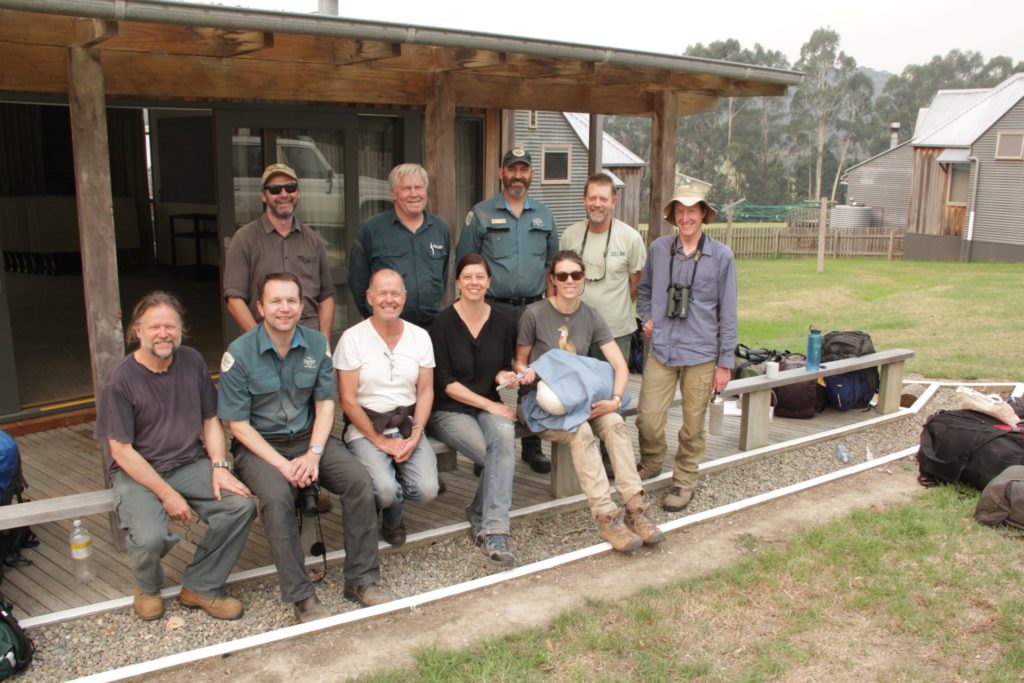

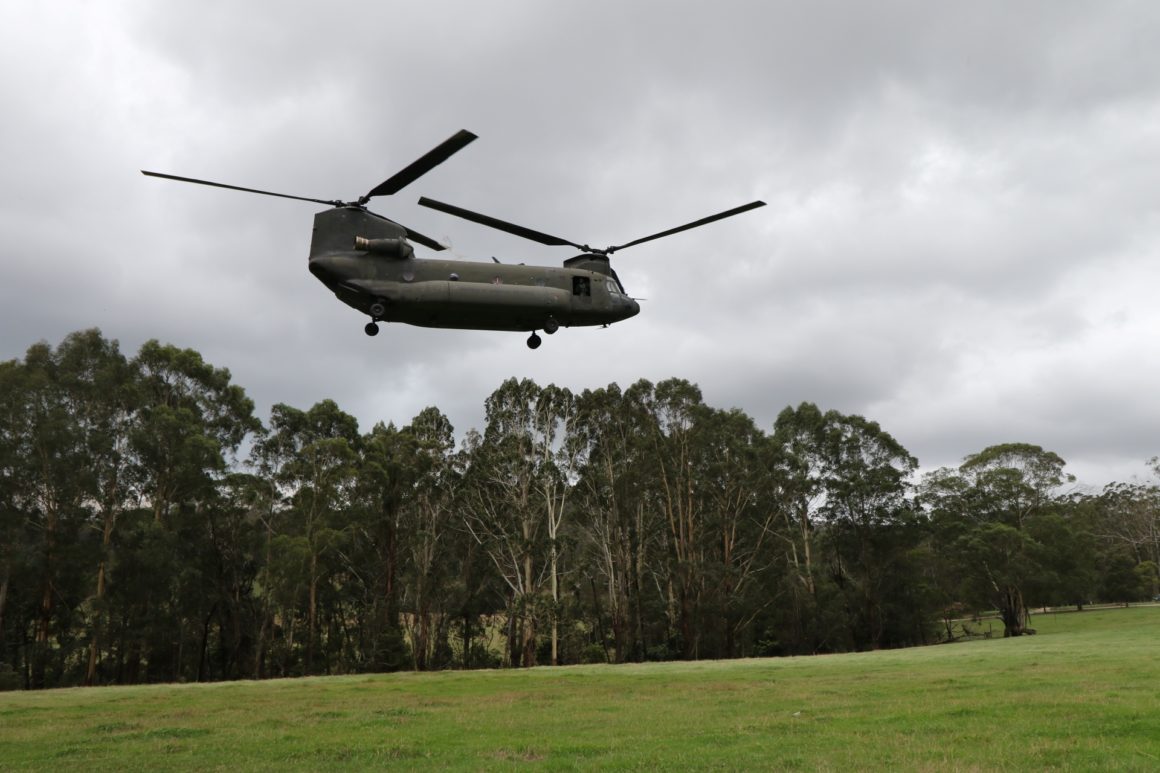
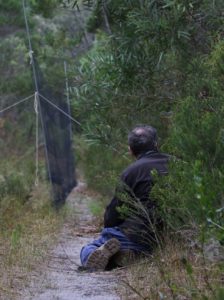
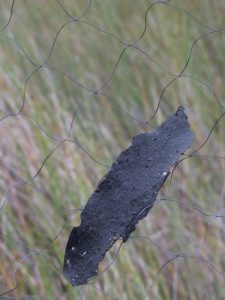
Leave a Reply